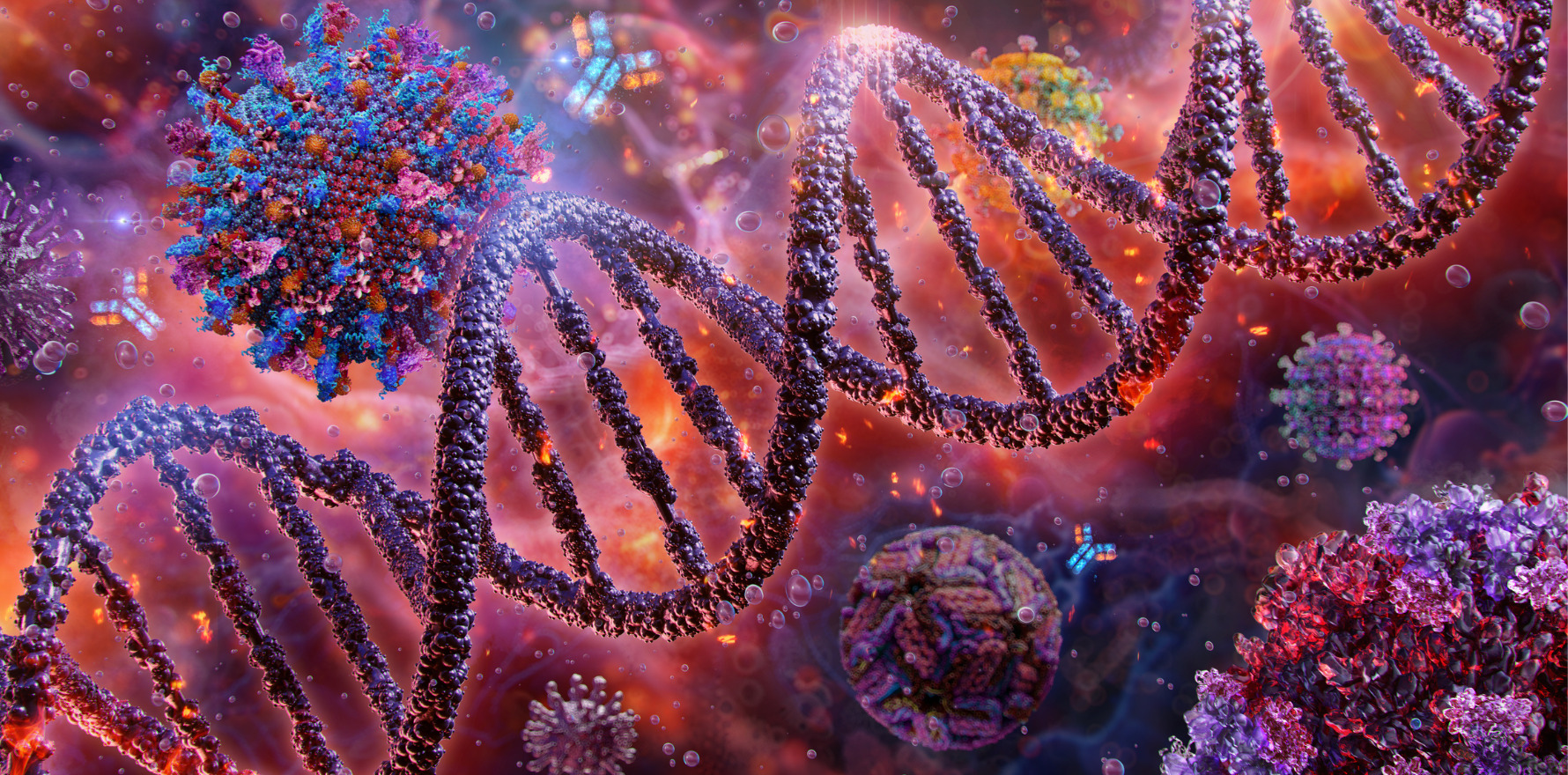Without GATOR1 proteins, blood cancer cells would ‘never run out of steam’, Australian researchers say.
Researchers have identified GATOR1 proteins that act as blood cancer suppressors by inhibiting the mTOR pathway and suggest that an established drug could be used for therapy.
Over the eight-year study, Australian and international researchers used CRISPR technology to screen more than 80% of the human genome and found that when the mTORC1 inhibitory complex GATOR1 genes are lacking, lymphoma growth accelerates.
“We found that the mTOR inhibitory GATOR1 pathway plays a previously underappreciated critical role in MYC-driven lymphoma development as sgRNAs targeting genes encoding the components of this complex outcompeted sgRNAs against most other genes,” researchers from the Olivia Newton-John Cancer Research Institute, The Walter and Eliza Hall Institute of Medical Research and the Peter MacCallum Cancer Centre said in Nature Communications.
Senior author and CEO of the Olivia Newton-John Cancer Research Institute, Professor Marco Herold, said CRISPR screening revealed many genes that had previously been described as tumour suppressive genes.
“But we also found novel candidates, and one of these novel candidates is a negative regulator of the mTOR pathway, which regulates all things concerning metabolism within cells,” he told Haematology Republic.
“The mTOR pathway is very strictly regulated by many inhibitory proteins, because once there is no more fuel around, it needs to signal a slow-down, and it thereby inhibits this mTOR pathway.”
Professor Herold said they identified one of these inhibitors, GATOR1, which was a complex of proteins that inhibits the mTOR pathway, acting as a growth suppressor.
“Under normal circumstances, if this happens, the cells will slow down and no longer grow,” he said.
“However, if you take away these inhibitors of mTOR – in that case, GAOTR1 – then these cells basically never run out of steam, and they keep dividing, growing, dividing, growing. The cells can grow and form very aggressive malignancies.
“GATOR1 acts as a tumour suppressor, because it prevents malignancy by inhibiting mTOR.”
The researchers also analysed the gene expression and clinical characteristics of human B cell lymphoma samples, stratifying patients by levels of GATOR1 component mRNA expression and MYC mRNA expression.
Professor Herold said they found that patients with low GATOR1 expression had a significantly lower chance of survival compared to patients with high levels of GATOR1.
“We then cross checked it in human lymphomas, because we focused our efforts in lymphoma cancer development, and we identified there is some correlation in human cancers whereby a lower abundance of the GATOR1 complex leads to worse patient outcomes,” he said.
“But this was only a correlation, and we need further confirmation with more samples.”
Related
Professor Herold said the older drug rapamycin is known to inhibit mTOR but had not had much success in the clinic – possibly because appropriate patients were not targeted.
Further research was needed to see whether patients who have lost GATOR1 or had abundant activity of the mTOR metabolic pathway would respond to that drug, he said.
Professor Herold said the research team screened more than 80% of the human genome – around 16,000 to 17,000 genes – to identify novel tumour driver genes.
“Studies using CRISPR technology work really well and can be done in a very fast manner, and could accelerate findings for new therapies much, much quicker,” he said.
Professor Herold said the study was the first of its kind to interrogate almost the entire genome in a non-hypothesis-driven way for new tumour suppressor genes.
“We looked in an unbiased way and interrogated almost the whole genome, gene by gene, which genes are essential for tumour driving. If you take them away, which ones will cause faster tumour growth or different tumour growth,” he said.
“And that was the first of its kind, doing it in a whole organism, and doing it in cells which had not been transformed, but which were healthy cells, and we transformed them with this process.”




